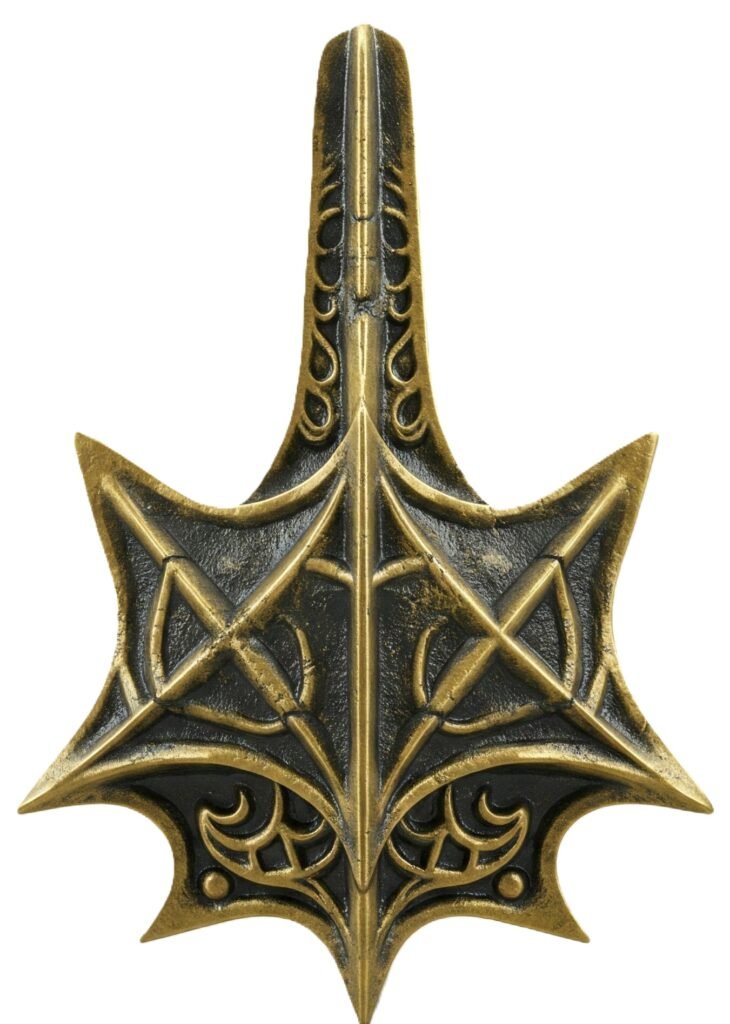
Brass, a widely used and historically significant metal alloy, consists mainly of copper and zinc. Its durability, malleability, and warm golden hue have made it essential in human civilisation for thousands of years. From musical instruments and decorative artifacts to industrial applications, brass remains indispensable.
Name Origins
The Old English word bræs, possibly linked to Germanic roots, gave brass its name. Some scholars connect the term to ancient words for metal or burning, referencing its ability to withstand high temperatures. By the medieval period, English-speaking cultures distinguished brass from other copper-based alloys like bronze.
Brass Production and Locations
Brass forms when copper and zinc ore are smelted together. Key historical production centres include:
- Mesopotamia and the Levant – Early brass-like alloys emerged as copper smelted with naturally occurring zinc ores.
- Ancient Greece and Rome – Large-scale production used the cementation process, heating copper with calamine (zinc carbonate).
- India and China – By medieval times, advanced metallurgical techniques refined high-quality brass.
- Europe (Middle Ages & Renaissance) – Brass played a crucial role in coinage, weaponry, and decorative art, particularly in Germany and the Low Countries.
- Modern Industry – Today, major manufacturing hubs include the United States, China, and Germany.
Archaeological Finds and Historical Uses
Brass artifacts across ancient civilisations show its widespread use:
- Mesopotamian Brass Objects (3000 BCE) – Tools and decorative items unearthed in ruins.
- Roman Coins and Armour (1st Century BCE – 5th Century CE) – Romans used brass extensively for orichalcum coins, helmets, and military gear.
- Ancient Chinese and Indian Brassware – Religious artifacts, statues, and musical instruments featured brass components.
- Medieval and Renaissance Church Bells & Candlesticks – Churches across Europe relied on brass for bells, altars, and chandeliers.
- Victorian and Industrial Era Applications – From intricate home décor to steam engine parts, brass shaped both art and engineering.
Mythical Folklore and Symbolism
Brass carries mystical and spiritual significance:
- Orichalcum of Atlantis – Ancient texts, including Plato’s works, reference a golden metal called orichalcum, often believed to be brass.
- Alchemical Traditions – Medieval alchemists saw brass as a transformation metal, linking copper’s Venusian energy with zinc’s Mercurial influence.
- Protection and Sacred Uses – Talismans and amulets crafted from brass warded off negative energies.
- Sound and Vibration – Many cultures valued brass for its acoustic properties, using it in temple bells, gongs, and singing bowls to cleanse energy.
Astrological Connections
Brass aligns with celestial bodies and zodiac signs, largely due to its copper content:
- Venus (Taurus & Libra) – Brass embodies beauty, love, and harmony.
- Mercury (Gemini & Virgo) – Zinc links brass to Mercury, enhancing intellect, communication, and adaptability.
- Leo (Sun Connection) – Its golden sheen resonates with the Sun’s energy, symbolising confidence, leadership, and illumination.
Chakra System and Energy Work
Brass amplifies energy flow across key chakras:
Throat Chakra (Vishuddha) – Mercury’s influence enhances clear communication and self-expression.
Solar Plexus Chakra (Manipura) – Strengthens personal power, confidence, and motivation.
Heart Chakra (Anahata) – Copper content supports emotional balance, fostering love and compassion.

Brass
Durable and radiant, Brass symbolises protection and vitality. A versatile metal for grounding energy, attracting positivity, and amplifying confidence.
